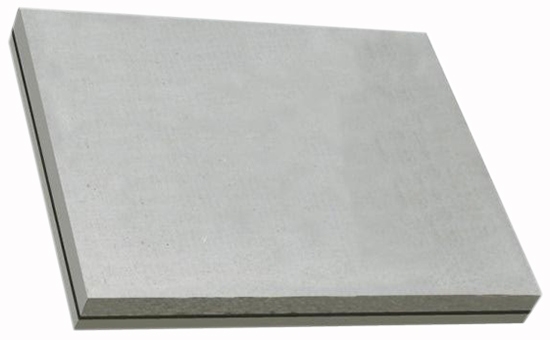
The butyl reclaimed rubber processed from waste butyl inner tube has the characteristics of low air permeability, heat resistance, cold resistance, ozone resistance, and high vibration attenuation rate. It can be used to prepare inner liners, shock-absorbing blocks, vulcanized bladders, and heat-resistant conveyor belts. , Sound insulation panels, roofing and roofing films, adhesive tapes and other products. Among them, the sound insulation and soundproof panels produced with butyl reclaimed rubber as the main raw material have low cost, good performance and a wide range of applications.
1. Physical requirements of sound insulation board
The sound insulation board has large internal vibration attenuation and absorption capacity, good flexibility, stable sound insulation and soundproof performance in the audible area, and requires the rubber to have good heat resistance, weather resistance, cold resistance 2YLYY531 and adhesion, and metal resistance Corrosion, no pollution and other characteristics. When choosing butyl reclaimed rubber for sound insulation panels, especially indoor sound insulation materials, you should choose reclaimed rubber products that meet environmental protection and odorless testing standards.
2. Application field
Butyl reclaimed rubber is heat-resistant, cold-resistant, ozone-resistant, and aging-resistant. Generally, it can be used in the temperature range of -20°C to 120°C. The sound insulation board produced can be used for outdoor units of air conditioners, cold storage or refrigerator compressors, washing machines, printing External devices, automobile engine hoods, fenders, floors, generator exterior parts, soundproof doors, OA floors, roofs, funnels, transmission belts, etc. in buildings. Butyl reclaimed rubber retains the characteristics of large vibration attenuation of butyl rubber, and is an ideal raw material for preparing sound insulation materials.
3. Process performance
When using butyl reclaimed rubber to prepare non-vulcanized rubber sound-proof panels, since the butyl reclaimed rubber contains an appropriate amount of vulcanized gel components, it is not prone to thermal deformation at high temperatures. When butyl reclaimed rubber is combined with synthetic resin to produce non-vulcanized sound-insulating materials, there are certain problems in the flexibility of low-temperature areas, and it is easy to crack when bending. This requires special attention. When using butyl reclaimed rubber to produce sound-proof panels, it is generally combined with high-density fillers and softeners to further improve the performance and life of the sound-proof panels.
4. Application method
In actual production, sound-proof rubber sheet manufacturers need to choose suitable rubber raw materials according to the basic performance requirements of the product. They can use butyl reclaimed rubber alone, or use butyl reclaimed rubber with a suitable ratio of raw rubber to produce better overall performance. The products, under the premise of ensuring product quality, effectively reduce the cost of raw materials. Butyl reclaimed rubber can also be used together with EPDM rubber or EPDM reclaimed rubber to further improve the aging resistance of sound insulation materials.
The use of butyl reclaimed rubber to produce sound-proof rubber sheets can not only reduce the cost of sound-proof sheet materials, but also realize the recycling of waste rubber resources, improve the economic benefits of manufacturers, and reduce environmental pollution; there is a chance that the editor will continue to share the butyl reclaimed rubber with you Specific application in sound insulation board.
Exclusive original article [commercial authorization] reprint, excerpt and excerpt in any form are prohibited without written authorization. Focus on Hongyun rubber: learn the process formula and raw material technology of producing rubber products from recycled rubber to help you reduce costs and increase profits